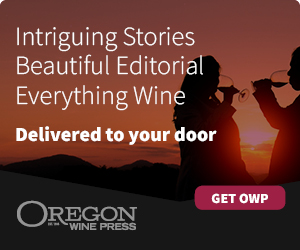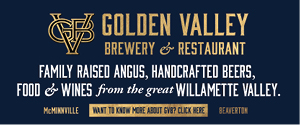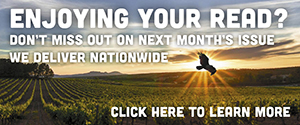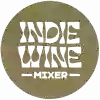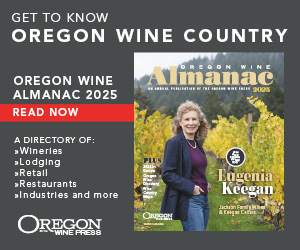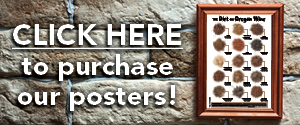Music to My Taste Buds
Take a journey of sensory evaluation
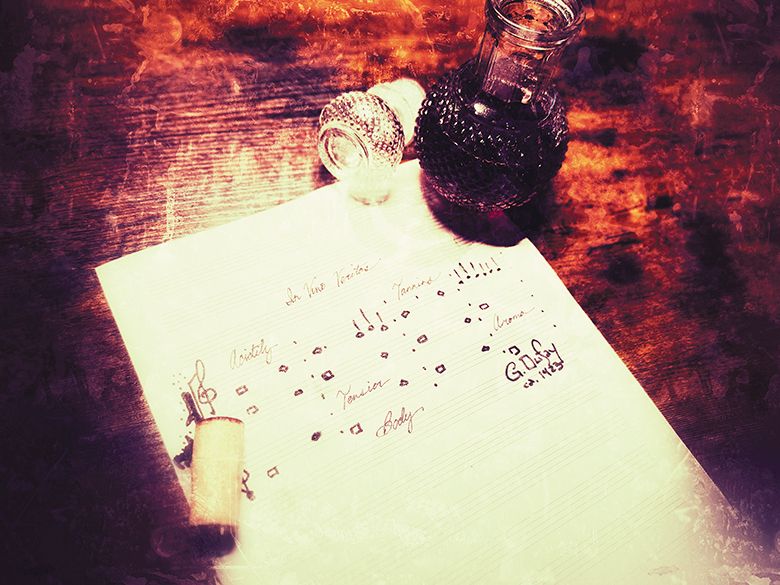
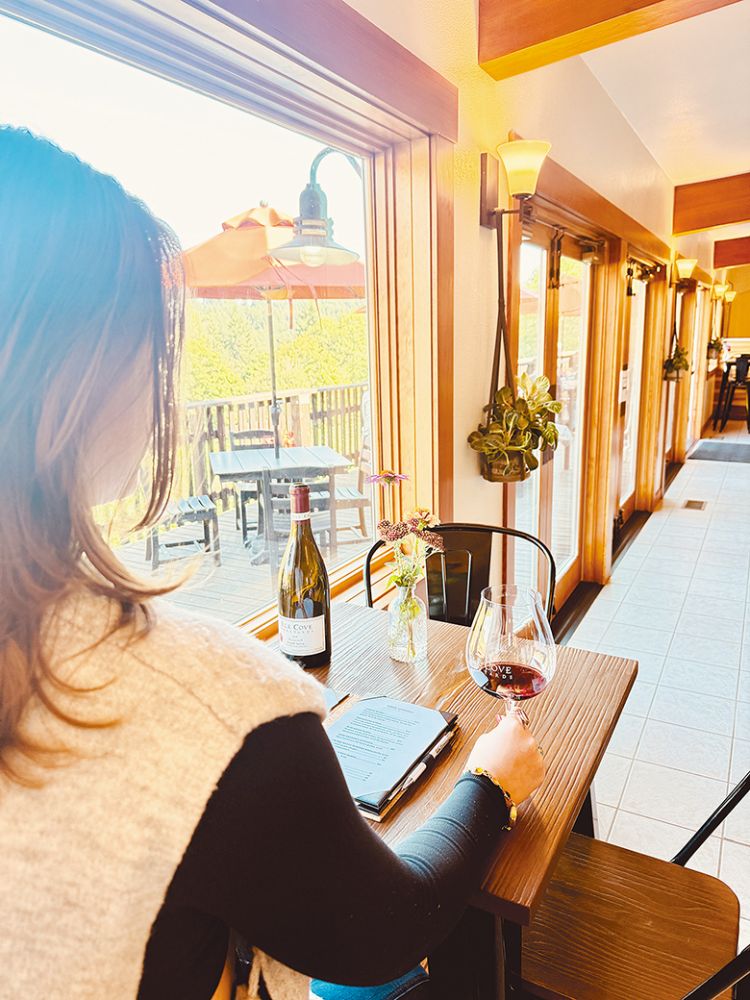
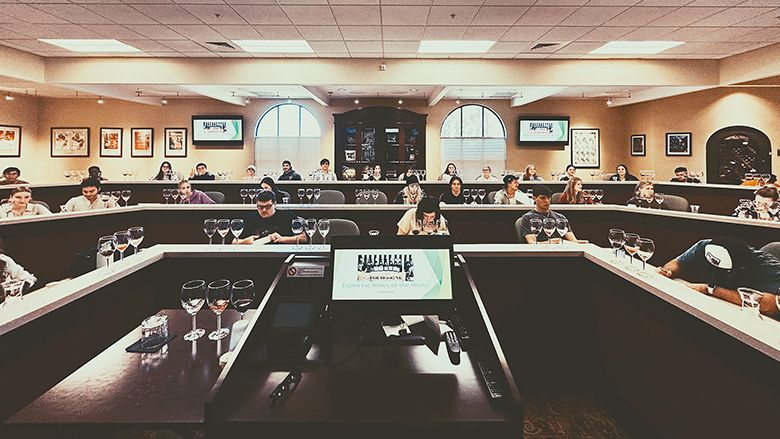
By Luis Romero
I don’t remember the exact moment, but notes began to appear– like on a music sheet– as I tasted more wines. The formulas, clear and replicable, gave way to patterns. Soon, I could separate a variable and trace its effect or consequence with fair accuracy.
Most of us enjoy music; beats create physical reactions and affect our mood. But it’s one thing to like music, and another to read it on the page. Something similar occurs when developing a tasting palate. Once you understand the variables, their causes and effects, you can dissect a glass of wine into notes, much as a musician would.
I’ve been a beverage educator and sommelier for more than a decade. Today, I take you on a journey of sensory evaluation– one, I hope, will make your next glass of wine more enjoyable, meaningful… and understandable.
Sight: Is it Red or a Kaleidoscope of Possibilities?
Working in a college setting, I teach individuals who may be tasting wine for the first time. Calibration begins on Day One; the first step is visual evaluation. When I ask students to hold their glass against a white background or up to the light, the most common observation is: “It’s red!” I smile every time. There’s nothing like starting with a blank canvas.
Much can be deduced from a visual evaluation: color or tone, saturation, signs of oxidation, age, production processes and even grape varietal clues. While working at a Napa winery, I often walked guests through the facility, stopping at different wine tasting stations. At the fermentation tanks, guests walked above the production floor as forklifts and hoses crisscrossed the floor beneath them. There, Andrew– studying for the bar exam– poured Pinot Noir.
Every few minutes, a new group arrived. Andrew adjusted his pitch to the audience, but when pretty girls were present, he’d flash a cheeky smile and ask, “Want to see something cool?” He would point one of the overhead spotlights at their glasses, projecting a kaleidoscope of ruby light onto the counter, like a jewel. The girls were always delighted. He’d explain how color is extracted during fermentation and maceration, a process that occurred in the stainless steel tanks and wooden foudres below them. Andrew finished his act by discussing skin thickness, especially in Pinot Noir– a pitch equal parts wine education and magic trick.
Smell: Halloween Horror Nights!!
One of the first things I learned while teaching novices is to play the improv game– “yes, and…” No matter the answer. Smell is the most complex part of wine’s sensory evaluation, and my favorite. We derive over 95 percent of taste from our nose. Our sense of smell is built on memory; we can’t reference something we’ve never experienced. Smell reveals many things about a wine, and when tasting, we divide aromas into three tiers: primary (fruit), secondary (process) and tertiary (aging and oxidation).
Over the years, I’ve heard some unique answers from students– everything from dirty socks to chicken nuggets with barbecue sauce. The key to building students’ confidence and vocabulary is to accept their answers and translate them into “wine terms.”
During a tasting of highly oaked Riojas, I asked students to describe the aromas. Without hesitation, a student shouted, “Halloween Horror Nights!” The class burst into laughter, causing him to turn redder than the wine in his glass. I calmed the room, and– without fully knowing how to connect his answer– used my “yes, and…” approach. I asked him what he meant. He said it smelled just like the haunted houses at Universal Studios in Orlando. As a confessed wuss who watches horror movies with my eyes closed, that wasn’t much help, but I knew smell works on memory. His reflex reaction meant it was a core memory worth exploring.
I initially thought to associate his answer with a heightened sense of awareness, thanks to adrenaline. The same happens with pleasant experiences– certain wines transport me to specific places and times, because I was fully present in those moments. But his deduction didn’t clarify what he was smelling– until it hit me. The haunted houses are constructed and dismantled every year, most likely using wood framing. Wood. Oak. Voila! These aromas resulted from aging the wine in oak barrels. He was smelling cedar notes in the glass. After I explained this connection, not only did he feel validated, but the entire class felt encouraged to share their answers. When I share this story with my students, I receive more creative replies as a result.
Taste: It’s Silk!
Hosting in a tasting room is different from teaching in a classroom. People aren’t always there to learn– many merely want to enjoy themselves so their calibration levels vary. At Elk Cove, I share experiences with guests and discuss one of my favorite varieties: Pinot Noir. While some grapes are known for their boldness, Pinot Noir is about elegance. The balance between tannins and acidity brings out layers of cherry, toffee, mushroom, spice and vanilla, with perfect tension.
One of my favorite Elk Cove wines is Roosevelt, a single-vineyard Pinot Noir named for its plot– likely after the Roosevelt elk that roamed its hills. The wine is layered, elegant and balanced, the result of careful estate crafting and the characteristics of its site. The vines are third-generation massal selection from a block planted over 50 years ago by Pat and Joe Campbell, Elk Cove’s founders. While hosting a couple from North Carolina, I poured Roosevelt. The wine hit the woman’s lips, her eyes closed, a smile appeared, and when she opened her eyes, she exclaimed in a Southern twang: “Silky!” I nodded, knowing exactly what she meant– and what processes led to that impression. Every wine after, and likely every wine since, was compared to Roosevelt, her new standard for “silky.”
Wine Tasting: A Lifelong Love Affair
I fell in love with wine tasting South African Pinotage and Chenin Blanc. I was fascinated by their history and the connection between winemaking and the Silk Road. I loved the unique smell of Pinotage, which reminded me of cough drops. The earthy notes on Chenin Blanc are still easy to find in the glass. At the time, I worked for a resort with African theming, where I learned about African culture. If wine reflects its soil, African dust is embedded in the wines that made me fall in love with the subject.
Over time, I’ve become captivated by the chemistry, history, cultural heritage and impact wine has on human interactions. Wine commands respect: for the land and people making it. Every glass is a journey– sometimes back in time to a cherished memory, where smells, sounds, and sights come alive with a single whiff; other times, it’s a mystery hunt to discover what happened and how each aroma and flavor made it into the glass. Tasting, to me, is an act of humility– acknowledging all there is left to learn, and gratitude for being able to taste sunshine held by water, as Galileo once said. Scottish poet Robert Louis Stevenson wrote: “Wine is poetry in a glass.” While I wasn’t gifted with musical talent, I do love to write, and wine notes appear the same way musicians see them on a music sheet.
Author’s Note:
While developing a palate takes practice, study and time, it doesn’t mean much without presence. Every story in this essay was possible because I allowed myself to truly be there– to taste, to listen, to notice. Wine offers us endless complexity and learning, but its greatest gift is the way it calls us back to the present moment by grounding our senses, again and again. Beyond encouraging you to learn more about palate calibration, I invite you to taste with presence– wherever you are– and see what stories unfold simply by paying attention.
Luis Romero, M.S., M.A., is a wine, beer and spirits educator, certified sommelier, beverage specialist, and owner of the International Beverage Academy, an approved program provider offering WSET certifications in English and Spanish to professionals and enthusiasts alike. With more than a decade of university teaching and beverage education experience, Luis has spent his last two summers working in wineries across the West Coast. This season, he’s pouring at Elk Cove Vineyards while preparing for his WSET Diploma exam. His writing has appeared in Bon Appétit, Plate Magazine, among other digital and printed publications. His passion for life is only rivaled by his desire to learn and share new experiences with readers and loved ones alike. Sign up for his online courses at www.beveragecertified.com.


